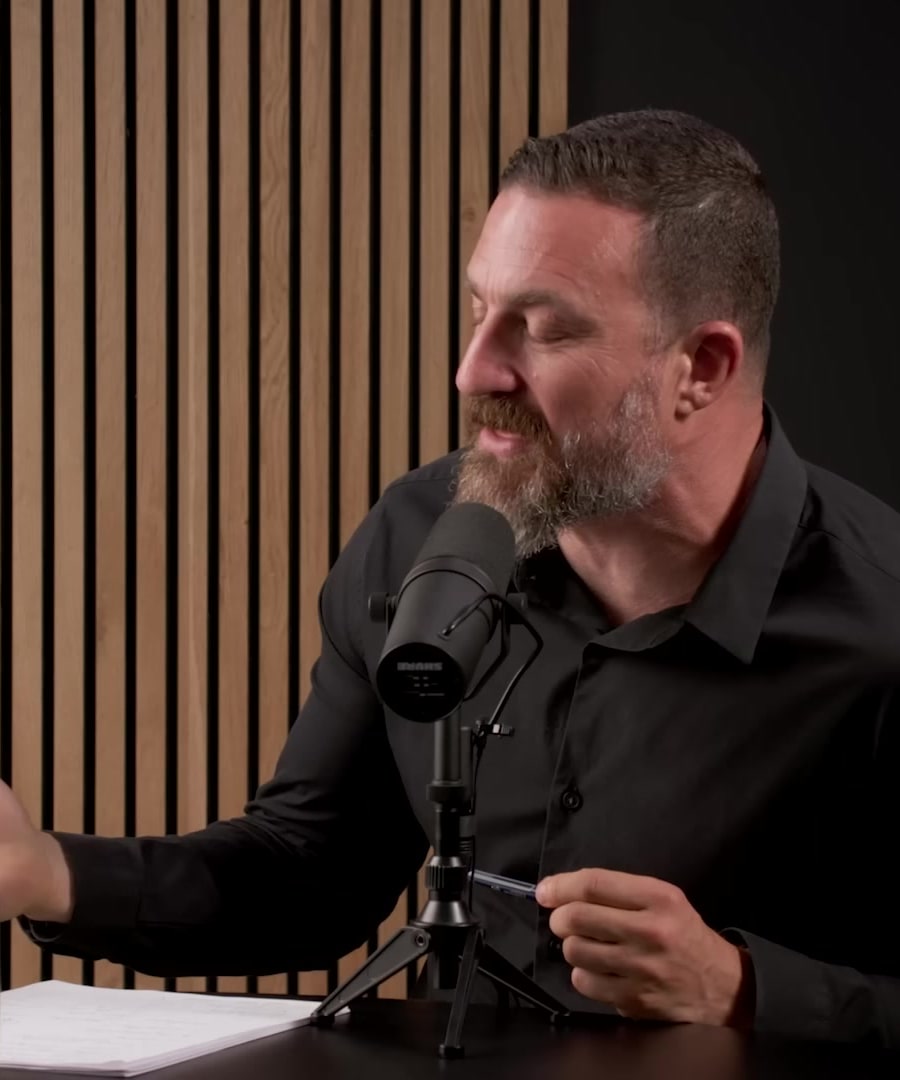When and where oxytocin are released
Sources:
Oxytocin is released in specific regions and under particular circumstances, significantly impacting social interactions and individual behaviors. Key insights include:
-
Regions of Release: Oxytocin is released in the brain's nucleus accumbens and the ventral tegmental area (VTA). These regions are crucial for reinforcing social behaviors and modulating other neuromodulators like dopamine and serotonin 1.
-
Circumstances of Release:
- Activities that involve significant social or physical bonding lead to oxytocin release. This includes post-orgasm, mother and child interactions during breastfeeding, and even between romantic partners 2.
- Experiences of grief and loss may also engage the oxytocin system, affecting the depth and nature of emotional responses 3.
- Social interactions, such as non-aggressive encounters that promote positive emotions, can trigger oxytocin release, enhancing the feeling of reward through dopamine pathways 4.
-
Effects of Drugs: Compounds like MDMA can significantly increase plasma oxytocin levels, which underscores its role in enhancing feelings of bond and connection during the drug's influence, proving it significant in psychotherapeutic settings for trauma treatment 2.
Oxytocin operates complexly, being both a neuromodulator and a hormone, affecting local and systemic functions 5.
RELATED QUESTIONS-
For all the data on oxytocin & love & social bonding, “allogrooming”: receiving non-sexual cleaning type touch from another human (think hair brushing, hair cut, skin care or even someone applying the lint roller to your shirt) leads to huge increases in oxytocin.
Sources:
You are correct! Allogrooming, which involves non-sexual, consensual touch like giving someone a manicure, pedicure, or doing skincare, can significantly increase oxytocin levels, fostering feelings of bonding and well-being. This type of interaction stimulates C tactile fibers in our skin, neurons that create a sensation of well-being when touched lightly. Allogrooming is known to elicit stronger responses in oxytocin levels compared to other forms of touch and is a powerful form of nonverbal bonding between individuals. This effect is seen not only in human interactions but also extends to human-animal interactions, such as petting or grooming pets, which also results in a mutual increase of oxytocin and enhances feelings of connectedness 1.
RELATED QUESTIONS
When and where oxytocin are released
- RELATED QUESTIONS
For all the data on oxytocin & love & social bonding, “allogrooming”: receiving non-sexual cleaning type touch from another human (think hair brushing, hair cut, skin care or even someone applying the lint roller to your shirt) leads to huge increases in oxytocin.
- RELATED QUESTIONS





